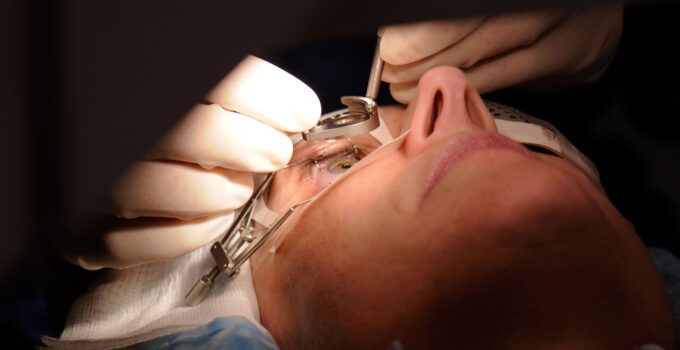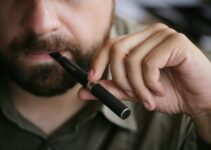One of the perks of living in these high-tech times is that the medical procedures for fixing your vision have become a lot less complicated. That is the reason why so many people go for solutions like laser eye surgeries when vision problems take place.
Many of you reading this article have decided to undergo the procedure of fixing your vision, but are curious about the recovery process. Look no further, because this article is going to give you all the information you need.
Commonly used techniques…
Before we tackle the recovery question, let us learn more about the most common laser procedures. Laser diopter removal is most often performed using two techniques: LASIK and PRK, details of which can be found if you visit this site. Both methods are equally successful and the end result is the same – clear vision without wearing glasses and contact lenses.
What’s the difference, then? The difference is in the way the superficial layer of the cornea is treated. In the LASIK method, a thin layer of the front part of the cornea is cut, creating a cover (flap) under which laser rays act on the central layer of the cornea, while in the PRK technique, the surface part of the cornea (the so-called epithelium) is removed with a special brush, after which the laser rays perform diopter correction on exposed corneal tissue.
Therefore, the recovery process will largely depend on the type of procedure you chose. Below are guidelines that will help people who chose the PRK method in their recovery.
The first question is always about the pain…Is PRK more painful than LASIK?
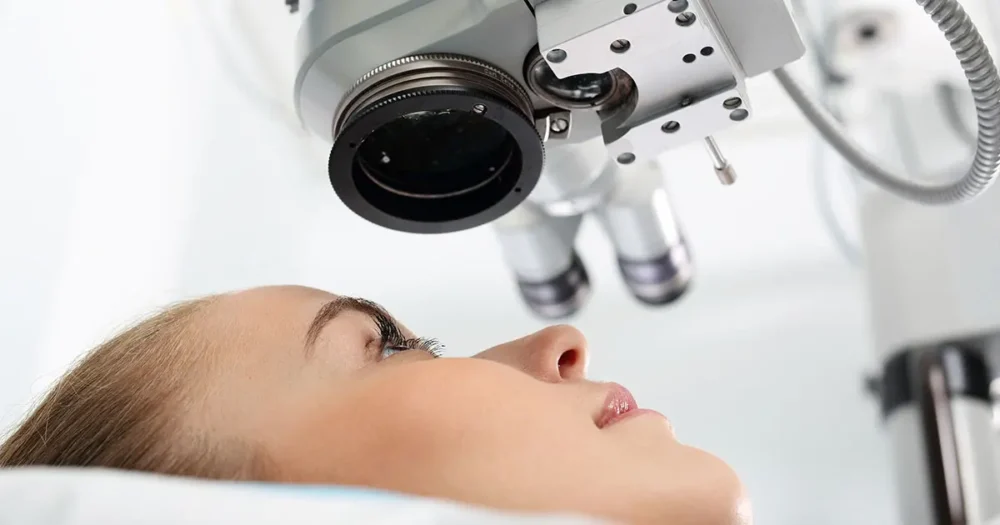
Source: heartoftexaseye.com
Thanks to the local anesthesia given in the form of drops, this is a painless procedure, regardless of which technique is used.
What can you expect immediately after the procedure?
Right after it is complete, an antibiotic is instilled and a soft therapeutic lens is put on the eye, which has a protective role for the next 3-5 days until everything heals.
About half an hour after the procedure, the effect of anesthesia stops, and then there may be a feeling of scratching and a “foreign body” in the treated eye, as a result of the removal of the epithelium. The intensity of these sensations is very individual but is alleviated by taking prescribed medications.
In order for the recovery to be as fast as possible, it is advised to keep your eyes closed as much as possible, as well as to stay in a semi-darkened room, for the first day or two after the procedure. During that period, you carry out your usual daily activities in accordance with your needs and subjective feeling. Hence the second piece of advice would be to listen to your body, and not push your limits. Take it easy.
Is recovery painful?
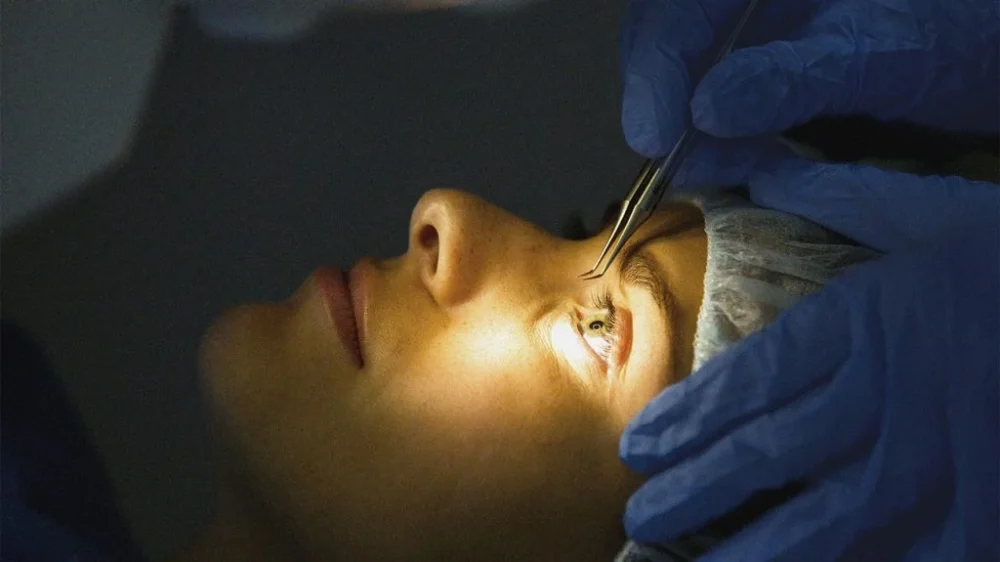
Source: medicalnewstoday.com
The feeling of scratching and a “foreign body” in the eyes is present a day or two after the procedure. The intensity of the complaints in this short period is difficult to define. Most patients describe subjective complaints as unpleasant feelings, and a smaller number of them perceive this as a painful period of recovery.
After such a procedure, reduced visual acuity, sensitivity to light, watery eyes, and a feeling of scratching and itching may occur in the first few days, regardless of the method by which the operation was performed. The difference is that with the PRK method, these disturbances can last a few days longer, compared to the LASIK method, where the described problems usually disappear a day or two after the operation.
How long does the whole recovery take?
The corneal epithelium most often heals within 3 days, although in some patients it may take a few days longer. After the procedure, daily life activities can be performed regularly, as soon as everything heals. Return to work is possible about a week after the operation, while heavy physical and sports activities are not advised in the first 2-3 weeks after the operation.
Finally, the question everyone is asking – when will I see well?
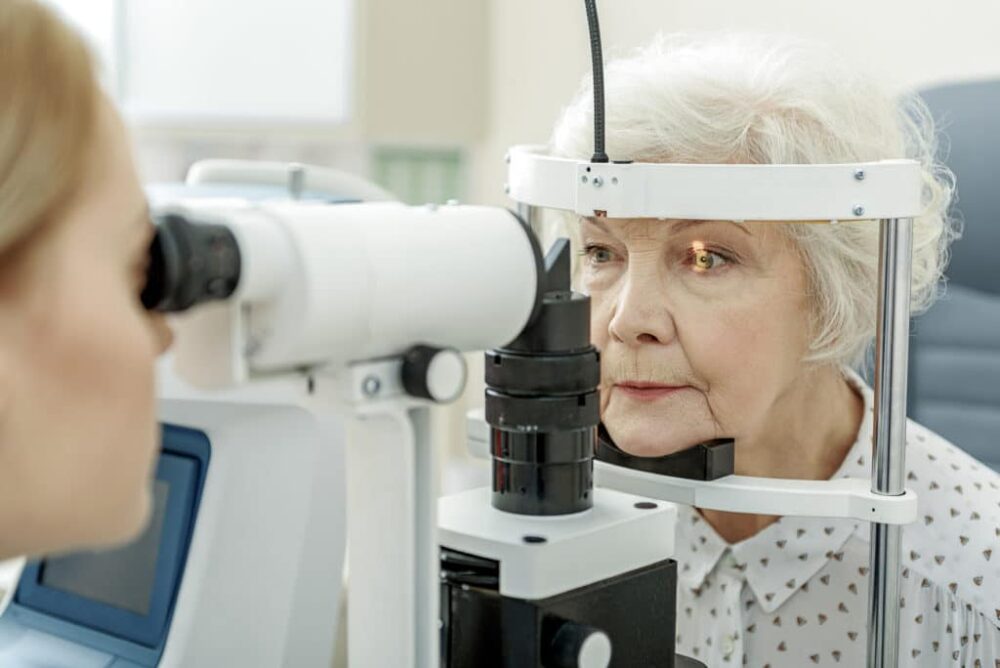
Source: bostonvision.com
After the laser procedure by the PRK method, complete stabilization of vision in most patients is expected after 2-3 weeks. Once the vision is stabilized, the effect of good vision is permanent.
In order to ensure a successful recovery, it is necessary to adhere to all guidelines, prescribed therapy, and the described postoperative regimen. It is also necessary to come for all the necessary controls, which are advised one day after the operation, seven days, one month, three months, and six months, as well as regular annual controls.
Therefore, it is safe to conclude that the speed of your recovery will largely depend on your ability to follow the instructions given by your doctor. After all, it is in your best interest, if you want to return to your normal routine fast.
All the advantages this method has can be summed to a few points listed below:
- Suitable for patients with thin corneas
- Reduced risk of compromising corneal thickness
- Minimal use of mechanical stimuli on the eye
The actual procedure usually takes about 15 minutes (total time for both eyes).
You are awake during the whole time, with local anesthesia in the form of eye drops, the eye is completely anesthetized. Hence there will be no funny feelings you usually experience after general anesthesia, which also cuts the time of the recovery process. Most people do not feel any discomfort during the procedure, although you may feel some pressure on the eye. The control of the laser is entirely in the hands of the doctor, who can stop it at any time.
The best thing about this method is that after the vision is fully recovered and you may not be satisfied with the acuity, there is a further improvement process to achieve the desired result.
Postoperative complications are rare and may include a halo effect (the appearance of a ring around each light).

